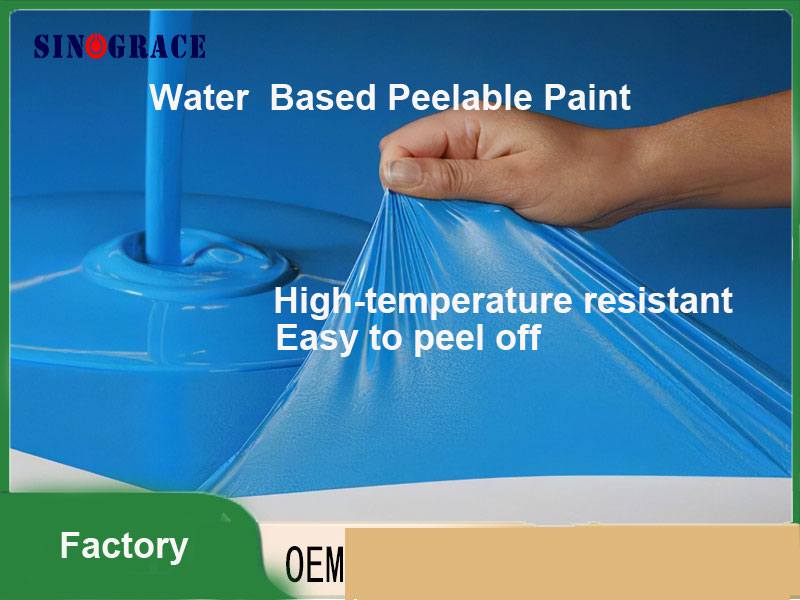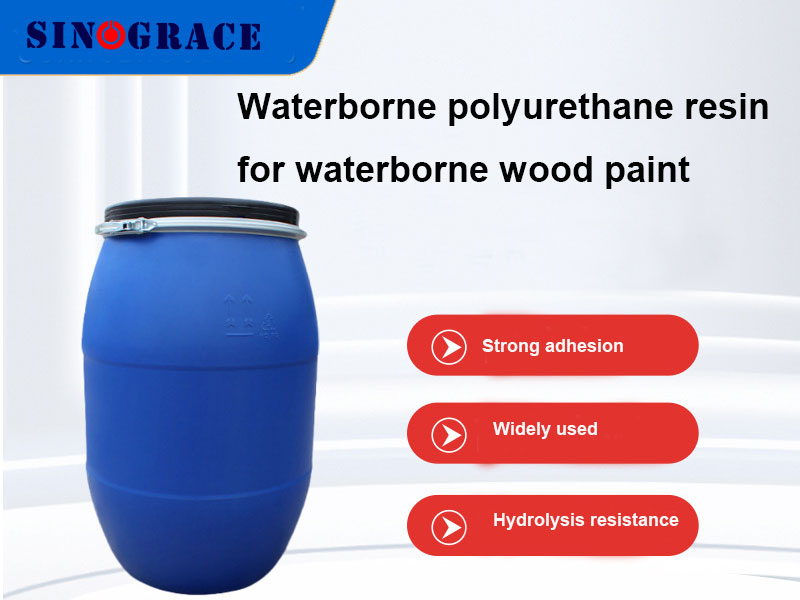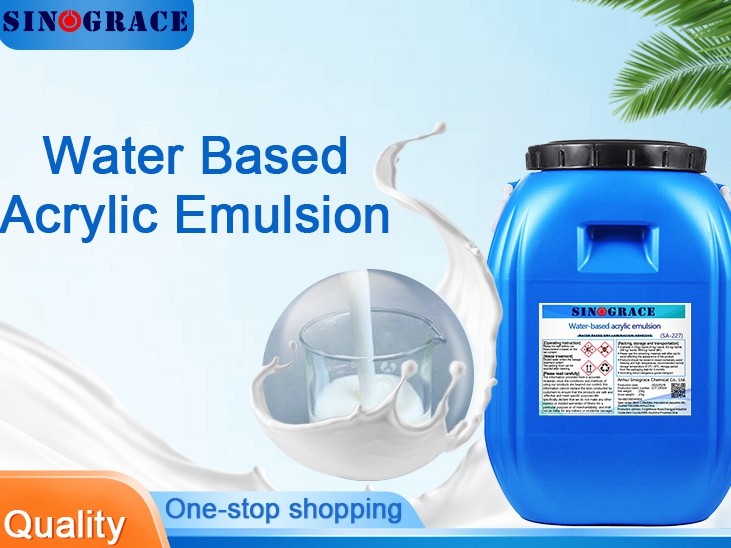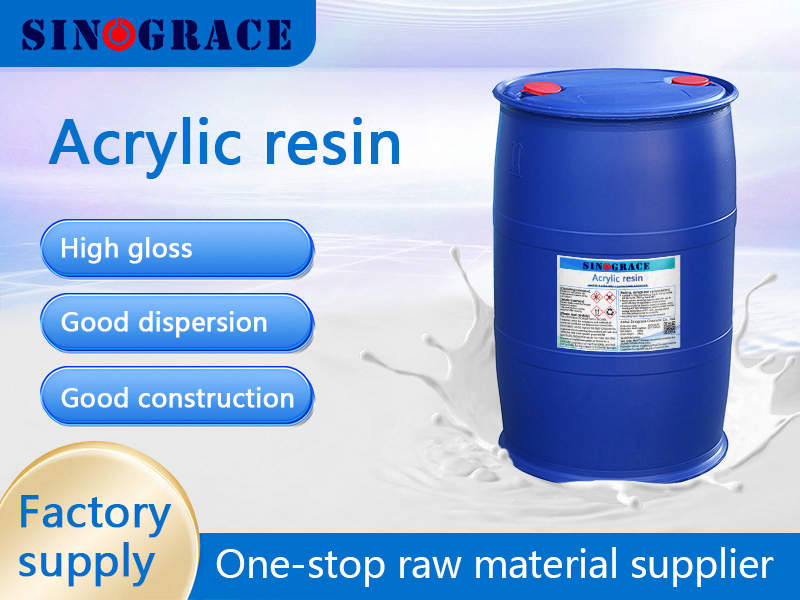Classification and research prospect of water-borne peeling coatings
Coating industry: Strippable coating is a kind of functional coating for short-term protection of matrix surface, with good constructability, corrosion resistance and anti-friction properties, and is widely used in furniture, construction, machinery, Marine engineering and other fields. Solvent-based strippable coatings currently occupy a large market, with simple coating, good mechanical properties, short curing time and other characteristics, but the large use of organic solvents is undoubtedly one of its big shortcomings. In contrast, water-based peeling coatings are free of volatile solvents, which has great advantages in health and environmental protection requirements, and its research and development and application heat are increasingly prominent. 1.The function and mechanism ofwater-based peelable coating For strippable coatings, strippability and cohesiveness are two important indicators. The adhesion of the peel coating film should be moderate, too high adhesion will affect the peel of the film, too low adhesion will affect the corrosion resistance of the film, can be used to measure the substrate adhesion of the peel coating by 180° peel strength test to verify its strippability. At the same time, the coating film should have strong cohesion, the coating film will be stretched away from the substrate when it is stripped, and the film layer should remain continuous without fracture; If the strength of the film is not enough, the film layer may fracture or break into small pieces during peeling, which can not achieve the purpose of peeling. Tensile strength and elongation at break are usually used as indicators to measure the cohesion of the film. The main function of water-based peeling coatings is protection and decontamination. The use of water-based peeling paint as a protective film on the surface of furniture, mechanical parts, etc., can avoid direct contact between the medium such as microorganisms in the air and the surface of the protected object, slow down the corrosion failure rate of the surface, and thus play a protective role; At the same time, this protective film has a certain elasticity, and can play a buffering and protective role in the impact and grinding of the outside world. In addition, during the film forming process, the water-based strippable coating transfers the pollutants on the surface of the object to the film through adsorption; Or through the viscosity of the film-forming substance itself, the residue or pollutant on the surface of the protected object is adhered to; Both of these methods can transfer residues or pollutants to the film, and finally tear off the protective film on the surface of the object, thereby removing residues or pollutants. 2.Classification of water-based peelable coating According to the different film forming substances, water-based peeling coatings can usually be divided into vinyl, acrylic resin, polyurethane and other different types. Vinyl water-based strippable coatings...
read more

 English
English français
français русский
русский español
español العربية
العربية








